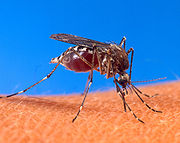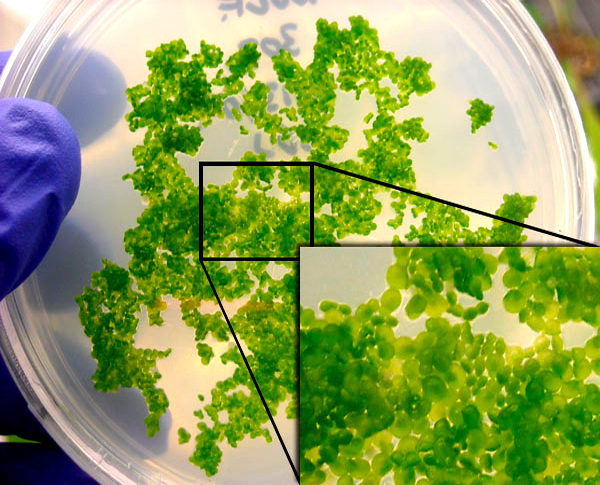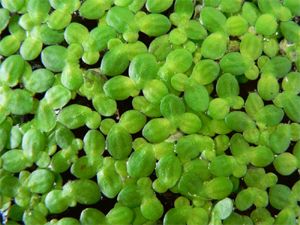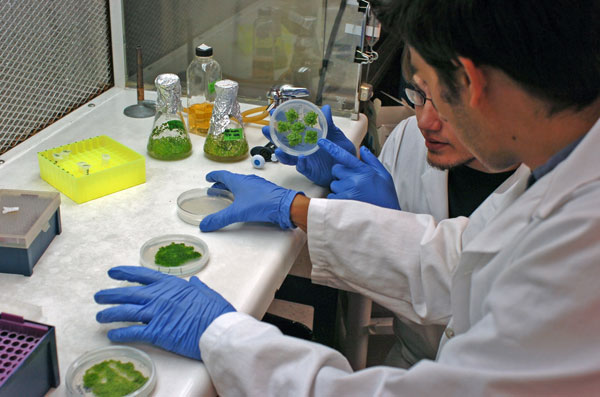Team:Nevada/Project
From 2009.igem.org
(→Safety Questionnaire) |
(→Safety Questionnaire) |
||
| Line 124: | Line 124: | ||
==Safety Questionnaire== | ==Safety Questionnaire== | ||
1. Would any of your project ideas raise safety issues in terms of: | 1. Would any of your project ideas raise safety issues in terms of: | ||
| - | + | *researcher safety, | |
| - | + | *public safety, or | |
| - | + | *environmental safety? | |
At this point in the project, it will not raise any safety concerns in terms of researcher safety, public safety, or environmental safety. Future portions of this project pertaining to transformation of E. coli and duckweed could raise environmental issues and proper containment monitoring. | At this point in the project, it will not raise any safety concerns in terms of researcher safety, public safety, or environmental safety. Future portions of this project pertaining to transformation of E. coli and duckweed could raise environmental issues and proper containment monitoring. | ||
<BR> | <BR> | ||
Revision as of 01:06, 20 October 2009
Contents |
Overall project
Abstract
Cinnamicide: Producing a Natural Insecticide against Mosquito Larvae in E. coli and Duckweed Cinnamaldehyde is a natural insecticide against mosquito larvae that shows low toxicity towards other organisms. The objective of this project is to engineer the cinnamaldehyde biosynthetic pathway into E. coli to develop an inexpensive and readily available source of this compound. By introducing the genes encoding phenylalanine ammonia lyase (gene 1), cinnamate-CoA ligase (gene 2), and cinnamoyl-CoA reductase (gene 3), it should be possible to produce cinnamaldehyde from available phenylalanine in E. coli. Once we have demonstrated that we can produce cinnamaldehyde in E. coli, we will engineer cinnamaldehyde production in duckweed (Wolfia or Lemna species), a small aquatic plant. Because mosquito larvae feed on duckweed detritus, the engineered plant will serve as an excellent vehicle to deliver cinnamaldehyde for mosquito control.
Safety Questionnaire
1. Would any of your project ideas raise safety issues in terms of:
- researcher safety,
- public safety, or
- environmental safety?
At this point in the project, it will not raise any safety concerns in terms of researcher safety, public safety, or environmental safety. Future portions of this project pertaining to transformation of E. coli and duckweed could raise environmental issues and proper containment monitoring.
2. Is there a local biosafety group, committee, or review board at your institution?
Yes, there is a local biosafety review board at our institution named Environmental Health & Safety (EH&S).
3. What does your local biosafety group think about your project?
Our local biosafety group approved our project design and subsequent facilitation of research.
4. Do any of the new BioBrick parts that you made this year raise any safety issues?
No, none of our new BioBrick parts that we made this year raise any safety issues.
Project Details
Why Produce an Insecticide against Mosquitoes?
It is estimated that every year over 700 million people are infected by diseases spread by mosquitoes, and over 2 million of them die as a result. Finding a way to control mosquito populations in a cost effective and environmentally friendly manner is an important goal of this project.
Goal 1
The initial goal of this project is to clone the Arabidopsis gene cinnamaldehyde CoA-reductase (gene 3)into an E. coli expression system and test for the production of cinnamaldehyde. Currently, we are building our construct using standard parts from the registry. The goal is to produce a newly engineered part containing an IPTG-inducible (Lac I) promoter, a standard RBS, gene 3, and and standard double terminator.
Experiment and Results for Goal 1
1. Conduct a three way ligation with LacI(part BBa_R0011), RBS (part BBa_B0034) and a chloromphenicol resistant plasmid backbone (part pSB3C5)using the standard assembly 10 protocol. DONE created intermediate BBa_K262000
2. Conduct a three way ligation with cinnamoyl CoA Reductase (gene 3), double terminator (BBa_B0014) and chloromphenicol resistant plasmid (pSB3C5). Follows standard assembly 10 protocol. DONE created intermediate part BBa_K262002
3. Conduct a three way ligation with recombinants from step 1 & 2 and a tetracycline resistant plasmid backbone (pSB3T5). Standard assembly 10. 3-WAY LIGATION HAS BEEN UNSUCCESSFUL TO DATE
4. Alternative approach to step 3- Two-way ligation. Perform Restriciton Digest with Xba1 and Pst1 to isolate gene 3/double terminator, also run restriction digest with Spe1 and Pst1 Lac/RBS and clone gene3/double terminator into the chloromphenicol plasmid containing LacI+ RBS. IN PROGRESS
Goal 2
Another goal of this project is to clone the Arabidopsisgene 4-coumarate CoA Ligase (gene 2)into an E. coli expression system along with Cinnamoyl:CoA reductase and test for the production of cinnamaldehyde. Currently, we are building our construct using standard parts from the registry. The goal is to produce a newly engineered part containing the Lac IPTG-inducible (Lac I) promoter, a standard RBS, gene 2, RBS, gene 3 and a standard double terminator. We also want to do this with phenylalanine ammonia-lyase (Gene 1) in order to form a novel self-sustaining pathway dependent only on the presence of phenylalanine within the cellular micro-environment.
Experiment and Results for Goal 2
1. Conduct a three way ligation with 4-coumarate:CoA ligase (gene 2), RBS (part BBa_B0034) and chloromphenicol resistant plasmid (pSB3C5). Follows standard assembly 10 protocol. IN PROGRESS
2. Conduct a three way ligation with BBa_K262000 and plasmid containing gene 2/RBS. FAILED, REVISE STRATEGY Goal 3
Goal 3
Another goal of this project is to clone the Arabidopsisgene 4-coumarate CoA Ligase (gene 2)into an E. coli expression system and test for the production of coumarate CoA. Currently, we are building our construct using standard parts from the registry. The goal is to produce a newly engineered part containing the Lac inducible (Lac I) promoter, a standard RBS, gene 2, and and standard double terminator.
Experiment and Results for Goal 3
1. Conduct a three way ligation with 4-coumarate CoA Ligase (gene 2), double terminator (BBa_B0014) and chloromphenicol resistant plasmid (pSB3C5). Follows standard assembly 10 protocol. DONE
2. Conduct a three way ligation with BBa_K262000 and gene 2/double terminator and a tetracycline resistant plasmid backbone (pSB3T5). Standard assembly 10. 3-WAY LIGATION HAS BEEN UNSUCCESSFUL TO DATE DECIDED TO SKIP TO 2 WAY LIGATION APPROACH BELOW
2. Alternative approach to step 3- Two-way ligation. Perform Restriciton Digest of gene2/double terminator with Xba1 and Pst1 then isolate gene 2/double terminator by gel extraction. Also run restriction digest with Spe1 and Pst1 to linearize BBa_K262000 and clone gene2/double terminator into BBa_K262000. IN PROGRESS
Goal 4
Develop a enzyme assay for ____&______ to detect product synthesis
Results and Discussion for Goal 4
Preliminary Experimentation-
Goal 5
Another goal is to put one or more genes of the cinnamaldehyde pathway into Wolffia and Lemna species. This will upregulate the already existing pathway to produce more cinnamaldehyde. Can possibly be used as an adult mosquito repellent and larvicide to certain mosquito larvae.
Experiment and Results for Goal 5
1. Conduct TOPO Cloning Reaction to put Gene 3 into pEntrD TOPO Vector (Shuttle vector which will allow us to put gene 3 into a binary plant vector) DONE
2. Conduct LR Clonase Reaction to transfer Gene 3 from pEntrD Vector to pK7WG2D.1 Binary Vector. DONE
3. Use Binary Vector pK7WG2D.1 to grow Agrobacterium EHA105 strain. Use this strain to infect Wolffia. IN PROGRESS

 "
"






